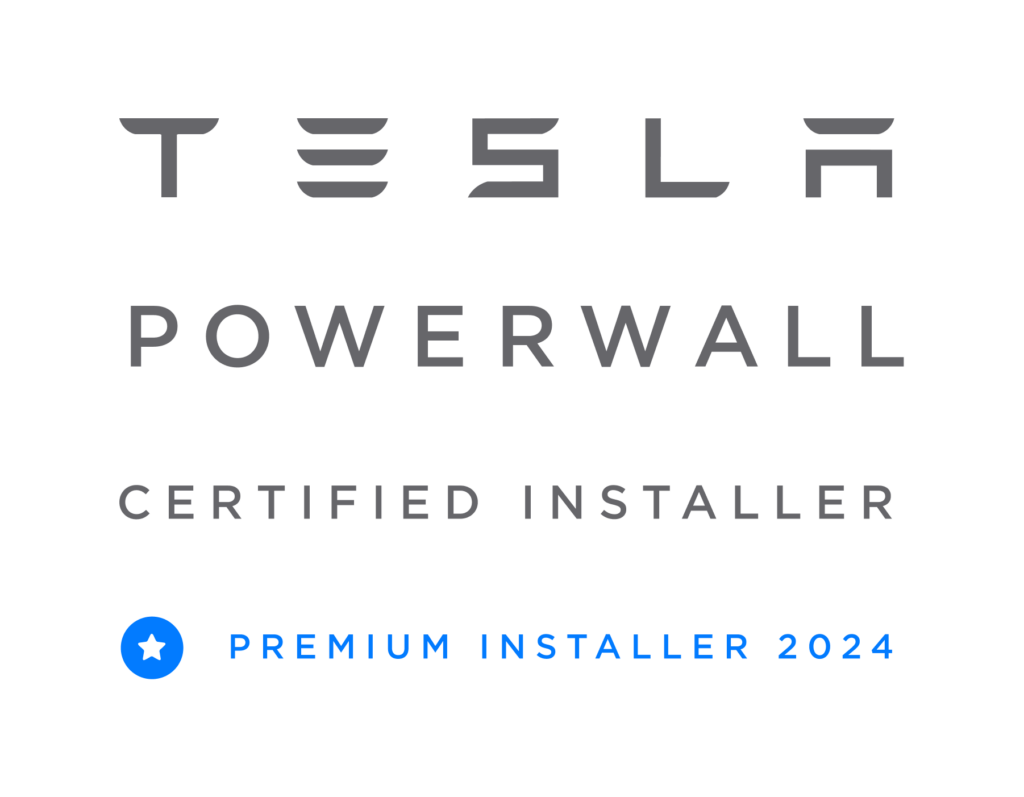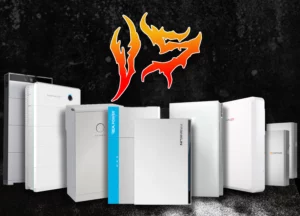Beginner to Boss: Solar Systems

Solar panels, inverters, PV systems; If you don’t know about them it can be a bit daunting when a freidn is bringing up their new-beaut solar system, read this guide and we’ll break down the basics for you in the 1 of 3 part series!
First Things First: What is a PV system?
“Photovoltaic” (PV) is the technology that directly converts sunlight into electricity. It’s all thanks to solar cells or photovoltaic cells—small units within solar panels made of semiconductor materials like silicon. When sunlight hits these cells, it excites electrons in the material, creating an electric current through a process known as the photovoltaic effect. This flow of electrons generates electricity, which can power homes, businesses, or even entire neighborhoods when multiple panels are connected.
These cells consist of layers with different electrical properties. When light hits the cell, it triggers the movement of electrons from one layer to another, creating an electric current that we can use. The innovation and ongoing advancements in photovoltaic technology have increased efficiency and lowered costs, making solar energy a prominent and sustainable source of clean electricity, paving the way for a greener future.
Solar Panels
These are the star of the show that is a solar system:
Over time, solar panel technology has seen incredible improvements in efficiency. Over a decade ago, panels of the same size typically produced less than 300 watts due to limitations in design and materials. But advancements in cell architecture, better silicon purity, and manufacturing techniques have changed the game.
Today, panels of similar dimensions can exceed 400 watts, thanks to innovations that improve how cells capture and convert sunlight into electricity. Enhanced construction, finer wiring, and better protective materials have boosted efficiency. These improvements mean that modern panels can generate more power from the same sunlight, making them more cost-effective and space-efficient for solar setups. These advancements make solar energy an increasingly practical and attractive choice for homes and businesses, driving a greener and more accessible energy future.
Racking
Need to attach those panels somehow!
Racking in a solar power system is like the reliable foundation that holds everything together. It’s the sturdy framework or mounting system that secures your solar panels in place, whether they’re installed on your roof or in your yard. Racking systems are designed to withstand various weather conditions while ensuring the panels are positioned optimally to capture maximum sunlight throughout the day. They’re often made of durable materials like aluminum or steel, engineered to be weather-resistant and long-lasting.
The racking system isn’t just about stability—it’s strategic. Installers carefully position and angle the racks to optimize the panels’ exposure to sunlight. This means finding the right tilt and orientation so that the panels receive the most sunlight possible. Additionally, racking allows for proper spacing between panels, ensuring adequate airflow to prevent overheating and maximizing energy production. The goal of racking is to provide a secure, reliable, and efficient foundation for your solar panels, ensuring they work at their best to harness the sun’s energy.
Solar Inverters
A solar inverter is like the maestro of a solar power system:
—it’s a crucial piece that converts the direct current (DC) electricity produced by solar panels into the alternating current (AC) that your home’s electrical system uses. Think of it as a translator that ensures your devices and appliances can speak the same language as the electricity generated by your panels. Inverters play a pivotal role in ensuring the smooth flow of solar-generated power to your home and the grid. They also help monitor the performance of your solar system, ensuring optimal efficiency.
Now, microinverters take this role to a more individual level. Instead of a single inverter for an entire array of solar panels, microinverters are small inverters attached to each panel. This means that each panel operates independently, converting its DC electricity directly to AC right on the roof. This setup has some neat advantages—it maximizes energy production by mitigating the impact of shading or panel mismatch, enhancing the overall efficiency of the system. Plus, it allows for easier system monitoring and maintenance as each panel’s performance can be tracked individually. However, the trade-off is that microinverters tend to be pricier than traditional string inverters due to the added complexity and individualized nature of each unit.
So, while microinverters offer superior performance and monitoring capabilities by operating at the panel level and overcoming certain limitations, they do come at a higher cost compared to traditional inverters. The choice between the two often depends on factors like system size, shading, and specific installation requirements, with microinverters offering increased flexibility and optimization but at a premium price point.
Rapid Fire FAQ
Here are some quick-fire frequently asked questions:
- How Long do solar panels last? Solar panels typically last around 25 to 30 years or more, with most manufacturers offering warranties for that duration.
- Does solar Impact Property Value? Yes, solar installations generally increase property value as they’re considered an asset, potentially boosting resale value.
- What happen if there is debris on the panel? If debris accumulates on solar panels, it can reduce their efficiency, affecting power output. Regular cleaning or maintenance is recommended to ensure optimal performance.
- Does solar work if the power goes out? Typically, when the power goes out, standard grid-tied solar systems shut down for safety reasons. However, certain systems with battery storage or specialized inverters can provide backup power during outages.
Share With Your Friends!
Written By:
Luke Cove
Managing Director
Lightning Energy











